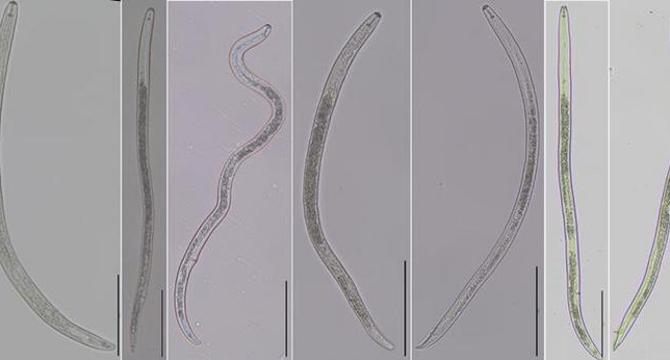Bioengineer
1w
289

Image Credit: Bioengineer
Study Identifies Root-Lesion Nematodes in Maize Crops, Including Possible New Species
- A recent investigation sheds light on the complex dynamics of root-lesion nematodes found in maize fields across New Zealand, revealing the presence of five distinct species of the genus Pratylenchus.
- Within the scope of this study, the researchers deployed a combination of molecular and morphological techniques to assess nematode populations collected from New Zealand’s diverse maize fields.
- Dr. Nagarathnam Thiruchchelvan emphasizes the relevance of identifying these nematodes for formulating effective pest management approaches.
- The most widespread species, P. neglectus and P. crenatus, were found across many maize fields, whereas P. thornei, P. pratensis, and P. penetrans appeared to be more regionally confined.
- Interestingly, the morphological analyses presented some unexpected findings, particularly concerning the P. pratensis populations.
- Dr. Thiruchchelvan commented on the implications of these findings, stating that identifying the species and understanding their distribution is pivotal for the implementation of effective pest management strategies.
- Not only does this study implicate the existing nematode populations in yield reduction, but it opens the door for future research to uncover their influence on maize ecology.
- The potential existence of cryptic species emphasizes an urgent need for continued monitoring of these nematodes.
- The study stands as a significant contribution to our current understanding of nematodes and their impact on agriculture.
- Dr. Thiruchchelvan’s research illustrates an important intersection between molecular biology and practical agricultural science.
Read Full Article
17 Likes
For uninterrupted reading, download the app